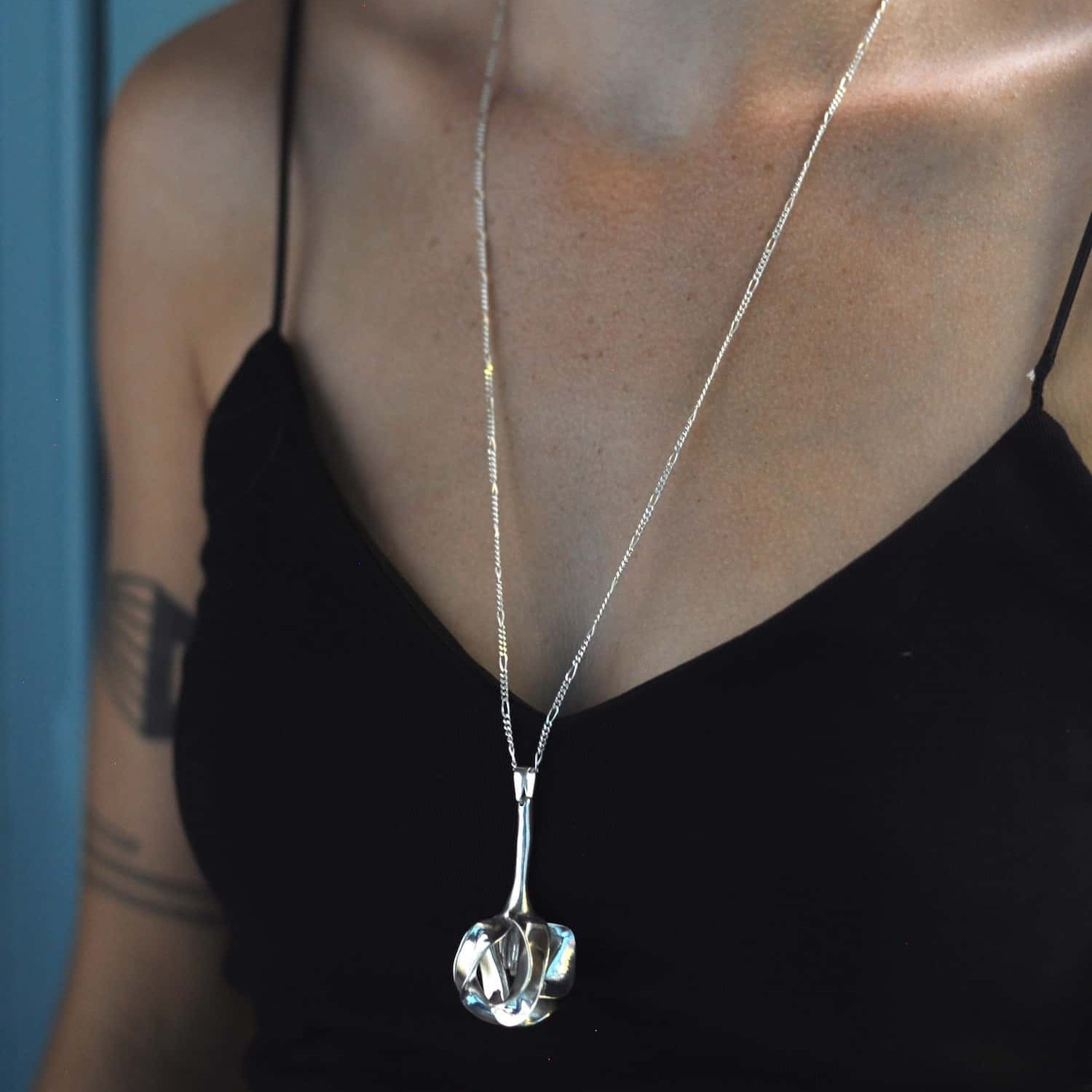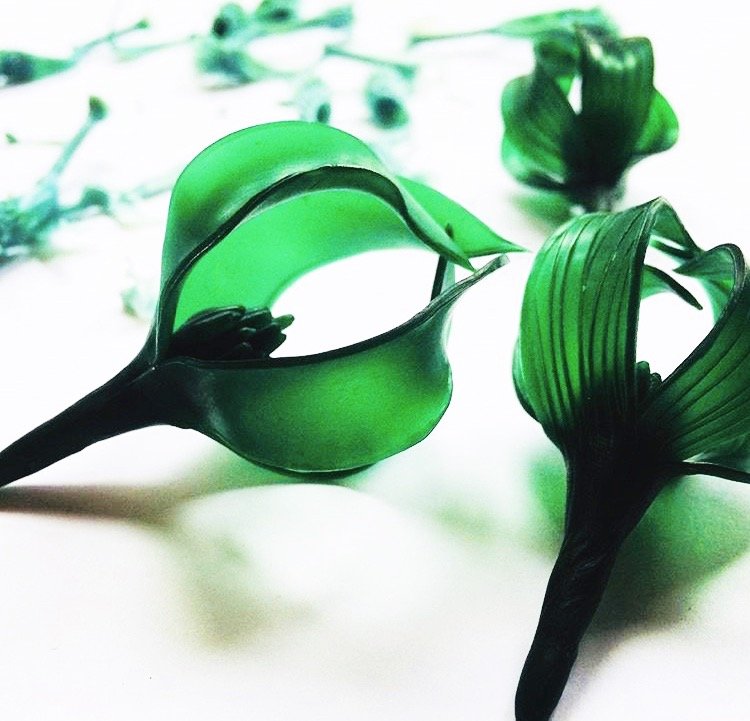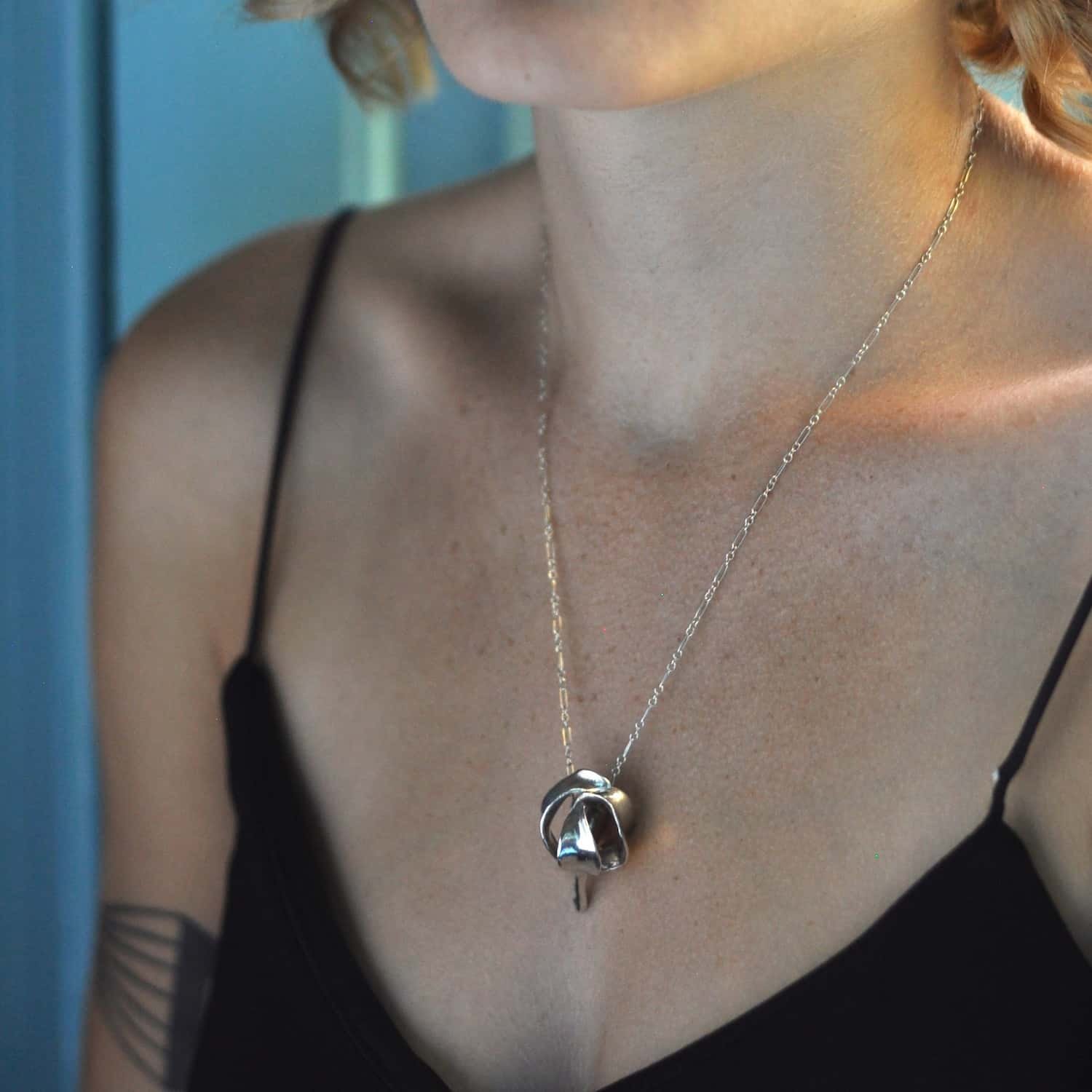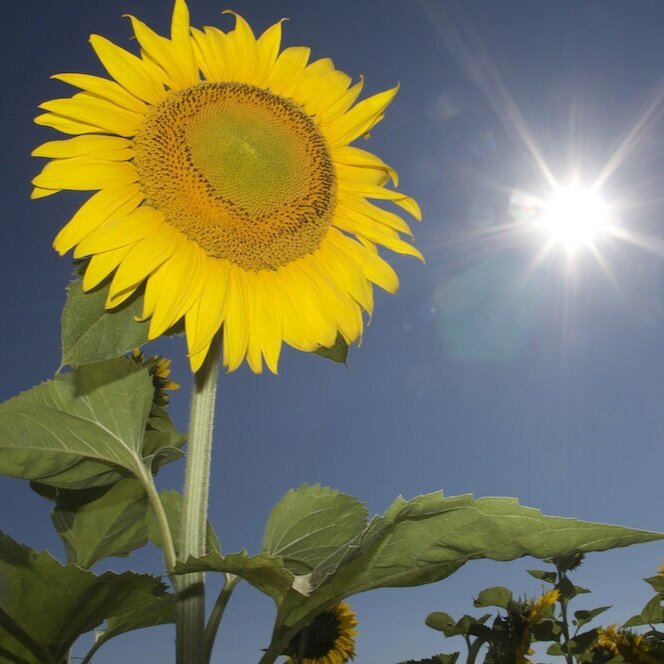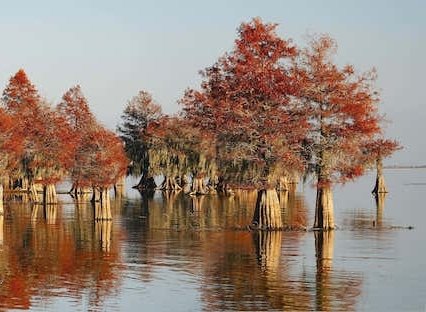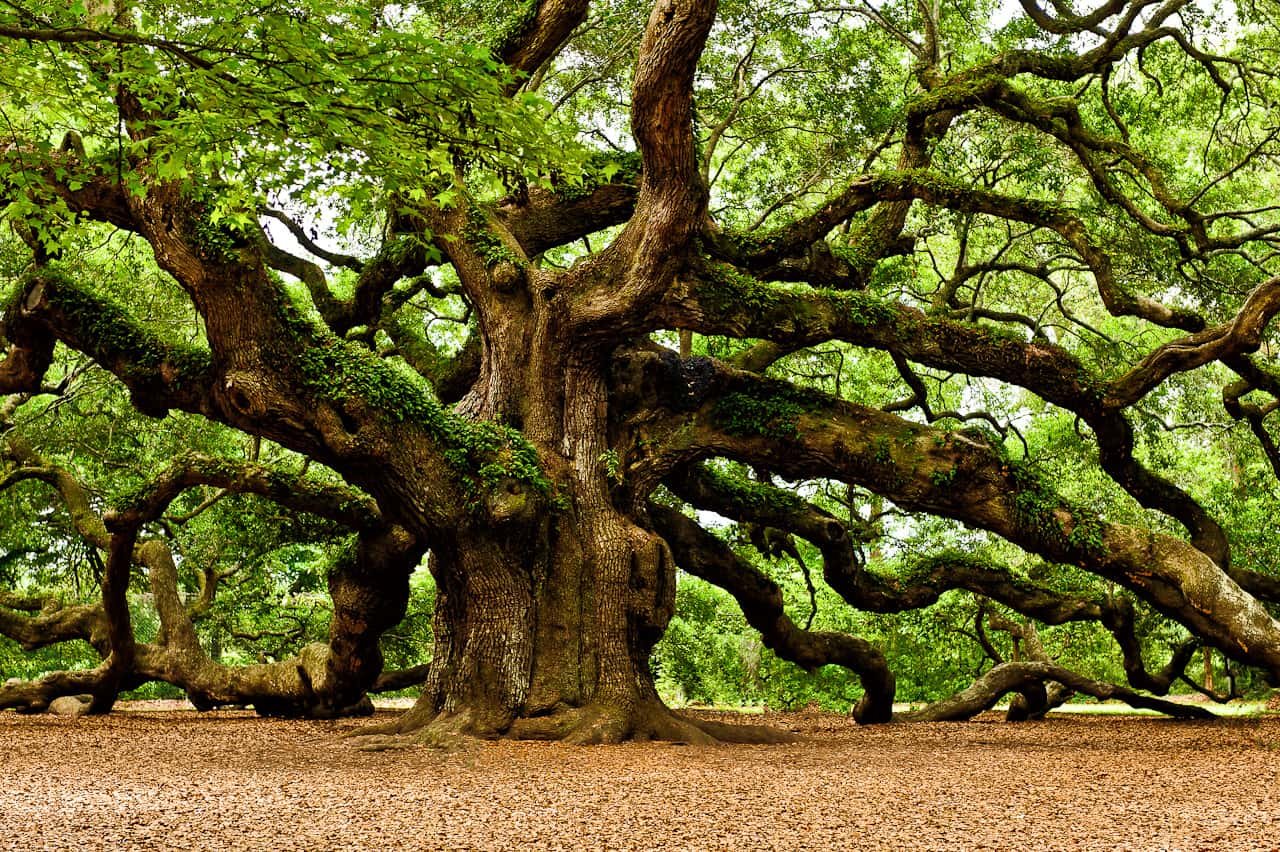Sculpting Dogwood Flowers
This rare version of the flowering dogwood only grows in the mountain forests of eastern Mexico. Called the "magic dogwood," the flower stays joined at the tips, and even in full bloom it doesn't open up and lie flat like the dogwoods in the US.
The flower we see is actually a false flower. From a distance, hundreds of these flowers in bloom on a single tree is quite a site, and a community of these trees together must be amazing. But the real flower is tiny, and packed in with several other tiny flowers in the center.
Intrigued, and wishing I lived somewhere near a community of dogwoods in a forest, I decided to try and sculpt one myself. Each piece usually takes about 30 minutes to sculpt, but the video is about 100x faster.
The delicate bloom of the dogwood is what gives it its fame, but the tree isn't just an ornamental. The name "dogwood" comes from the old English word "dag" which meant to skewer.
The wood is extrememly dense, and has been used to make daggers, skewers, even at one time golf clubs.
The first tennis rackets were made from its hard wood, and American pioneers stripped the bark off twigs to scrub and whiten their teeth. Traditional medicine of some First Nations people calls for boiling dogwood bark into teas for headaches and fatigue or decoctions spread on skin wounds. Strips of wood can be woven into baskets and dreamcatchers, and dried fruits made into cakes.
Bears, beavers, birds, skunks, squirrels, elks...and many many more animals feed on the dogwood. There are about 50 different species of the Cornus or Dogwood genus in North America and Europe.






